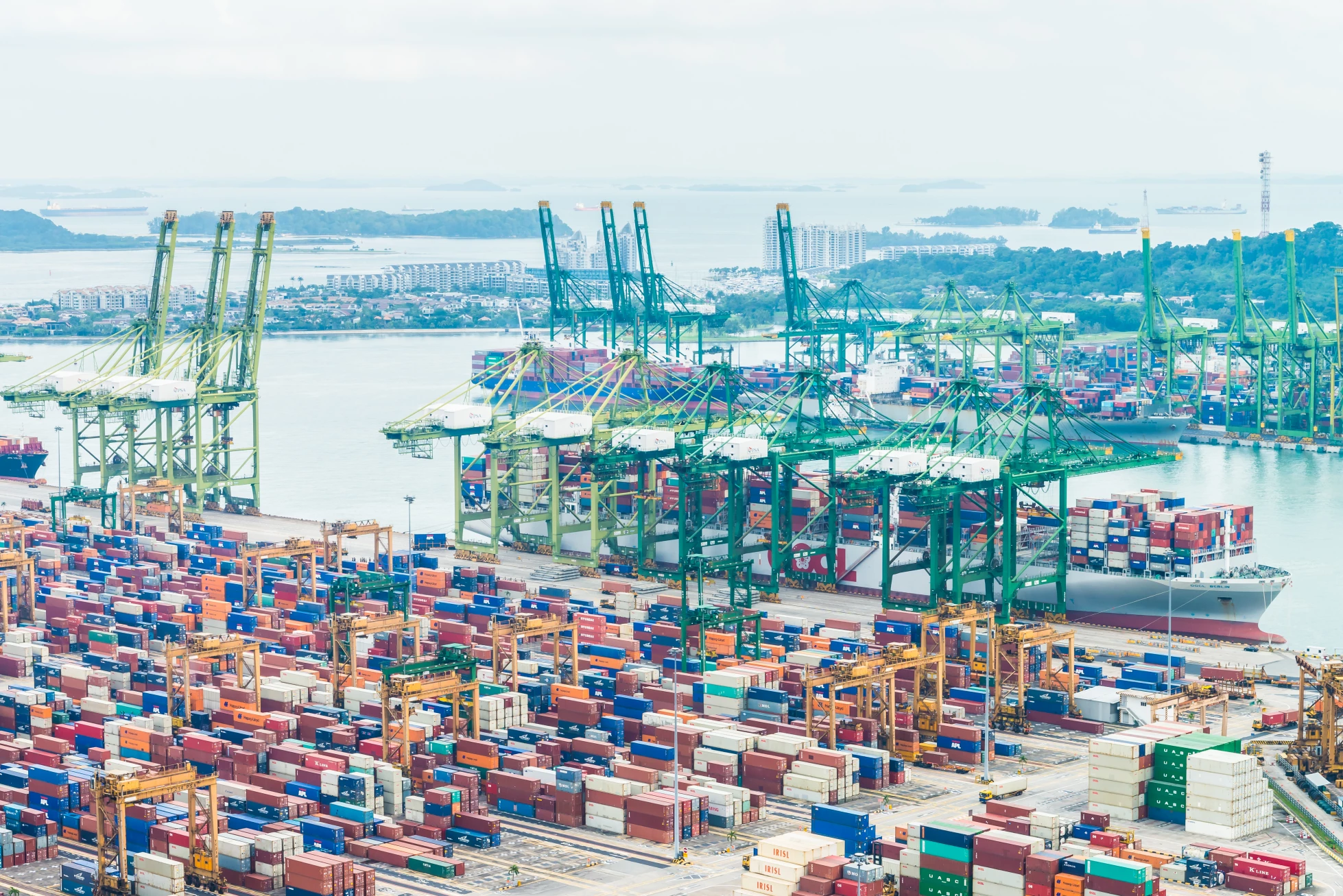


Lower import volumes are expected through the first half of 2023
The ports surveyed in the report include Los Angeles/Long Beach; Oakland; Tacoma; Seattle; Houston; New York/New Jersey; Hampton Roads; Charleston, and Savannah; Miami; Jacksonville; and Fort Lauderdale, Fla.-based Port Everglades.
Authors of the report explained that cargo import numbers do not correlate directly with retail sales or employment because they count only the number of cargo containers brought into the country, not the value of the merchandise inside them, adding that the amount of merchandise imported provides a rough barometer of retailers’ expectations.
“With the U.S. economy slowing and consumers worried by rising interest rates and still-high inflation, retailers are importing less merchandise,” NRF Vice President for Supply Chain and Customs Policy Jonathan Gold said in a statement. “February is traditionally a slow month, but these are the lowest numbers we’ve seen in almost three years. Retailers are being cautious as they wait to see how the economy responds to efforts to bring inflation under control.”

For December, the most recent month for which data is available, Port Tracker observed that import volumes, for the ports covered in the report, came in at 1.73 million TEU (Twenty-Foot Equivalent Units), which was 2.6% below November and down 17.1% annually.
Total 2022 volume at 25.5 million TEU was off 1.2% from the all-time high set in 2021, at 25.8 million TEU, capping off a year that saw several records over the first half of the year, followed by what the report called “significant drops” over the second half of the year.
Port Tracker issued projections for the subsequent months, including:
- January, at 1.78 million TEU, for a 17.6% annual decrease;
- February, at 1.57 million TEU, for a 25.6% annual decrease (which would mark the lowest-volume month going back to May 2020s 1.53 million TEU, a month impacted by Chinese factory and U.S. store closings—the only lower-volume months on record since the onset of the pandemic were February 2020’s 1.51 million TEU and March 2020’s 1.37 million TEU);
- March at 1.76 million TEU, for a 28.4% annual decrease
- April, at 1.87 million TEU, for a 17.3% annual decrease;
- May, at 1.92 million TEU, for a 19.9% annual decrease; and
- June, at 2 million TEU, for an 11.3% annual decrease, which would mark the highest import level since October 2022
Should these numbers come to fruition, the report said total first-half volume would be down 19.4% annually, to 10.9 million TEU.
“In some ways, 2023 is reminiscent of 2020, when the world’s economies shut down because of the pandemic and no one had a clue where we were headed,” wrote Hackett Associates Founder Ben Hackett in the report. “This time we have withstood COVID-19 and are feeling pretty good about ourselves, but cargo volumes are down and the economy is a contradiction of rising employment and wages that promise prosperity at the same time high inflation and rising interest rates threaten a recession. The economy is far from shut down, but the degree of uncertainty is very similar.”
And he added that consumer goods and industrial input products imports started to see declines in the fourth quarter of 2022, with both segments continuing to decline into 2023. With the first half of 2023 pegged to be down 19.4%, he observed that a second-half import recovery could either be mild, as was the case in 2021, or it could surprise, the upside and break recovery records in the process.
** Source: Logistics Management


